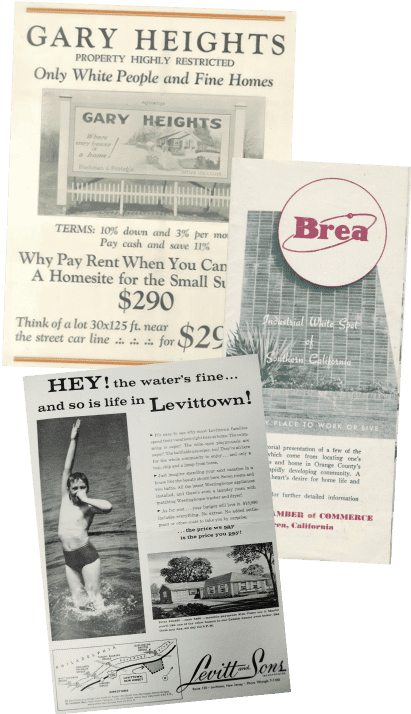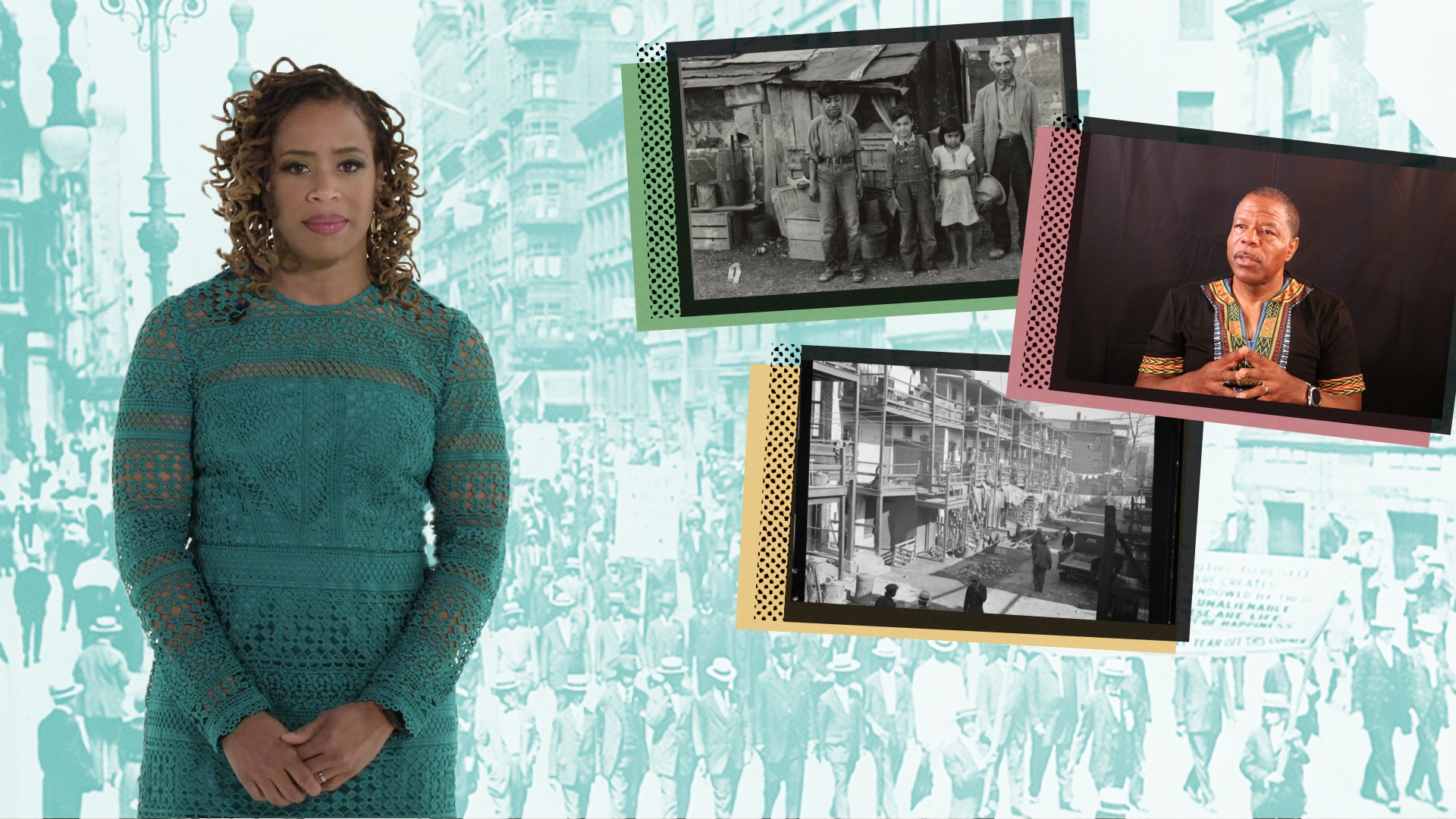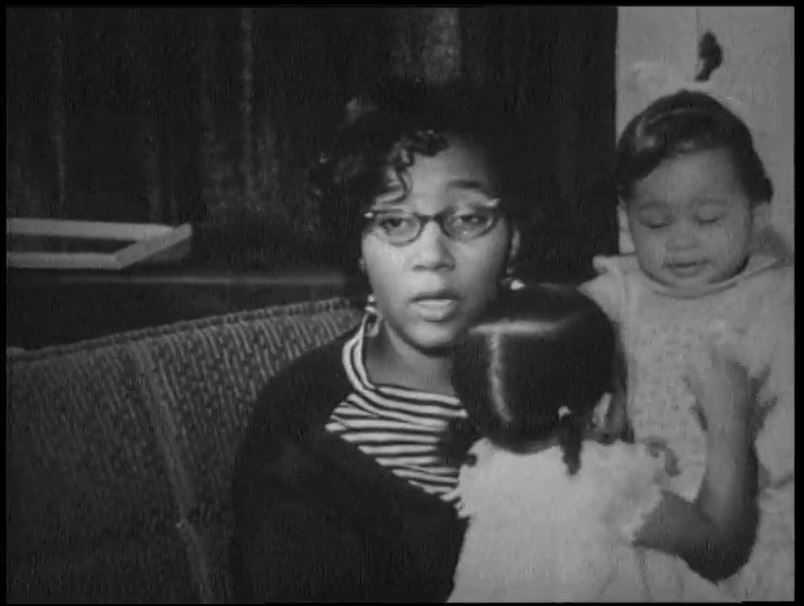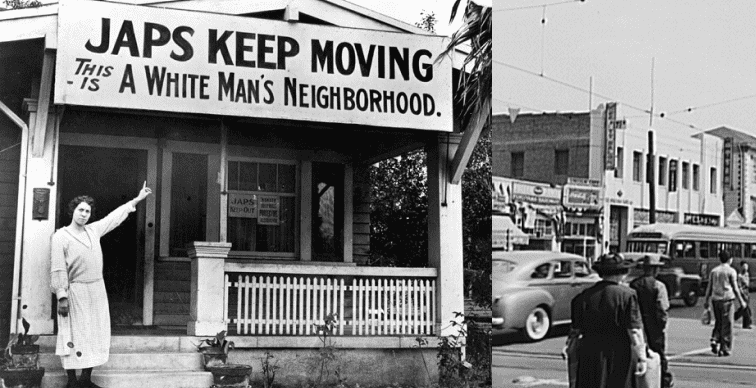
UnvarnishedHousing Discrimination in the Northern and Western United States
Local Spotlights
Six communities explore their own histories of segregation and housing discrimination.


Overview Video
ViewHide Transcript
I mean, displacement is, and the exclusion of people from places, is probably one of the most salient experiences that has touched every single community globally and across time.
Why do you live where you live? Unvarnished is the result of a five year journey undertaken by five museums and one cultural organization. Together, they crossed the Northern and Western U.S. to learn about exclusionary housing practices and sundown town legacies from the 1890s to today.
I think it's important that the younger generation understand why we have Fair Housing. Minorities had a difficult time buying houses. People decided who they wanted to sell to. Financing was not readily available to minorities. And in many cases, even in Oak Park, a lot of the homes had racial restrictions on the deeds that would prevent selling the home to a minority.
Who are your neighbors? Who aren't your neighbors?
I do think there was some guiding people to Jewish areas, partly because the Jews wanted to be with Jews. But also, probably because there were other areas that just maybe weren't as accustomed to having Jews or even welcoming to Jews.
Because we don't want you to live here. We don't want to live with you. We may want you to work here, but we don't want you to live here.
When you hear the word segregation, what comes to mind?
What you see in the early 20th century is different strands of segregation, restrictive covenants, different techniques for planning and laying out streets, the rise of zoning are all being retooled. They're coming together, and they're being put into the service of racist segregation and real estate practice.
I was about five or six years old, probably about six, and the stories were told that my father was very fair. And we were on on the west side. And the story that my dad always liked to make a joke about was that that house was not supposed to be sold to Afro-Americans. But they didn't realize he was Afro-American, until the signers came to the house and saw my mom and then found out, oops, we sold this too to an Afro American family.
Why does it matter?
Place matters because it tells us who we are. It allows us to see the possibility and the connection between the past and the present in the relationships of those people that embody those places as well.
This online exhibition will take you inside some of these stories, inside the history of residential segregation in communities from Connecticut to California. This project encourages every community to expand its local story so that their whole history is represented.
I would encourage everyone to have this conversation. Dig deeper into why your community looks the way it does. It's through those moments that we can learn more about each other, learn more about our community, and have really engaging, quality conversations about our present and about our future.

